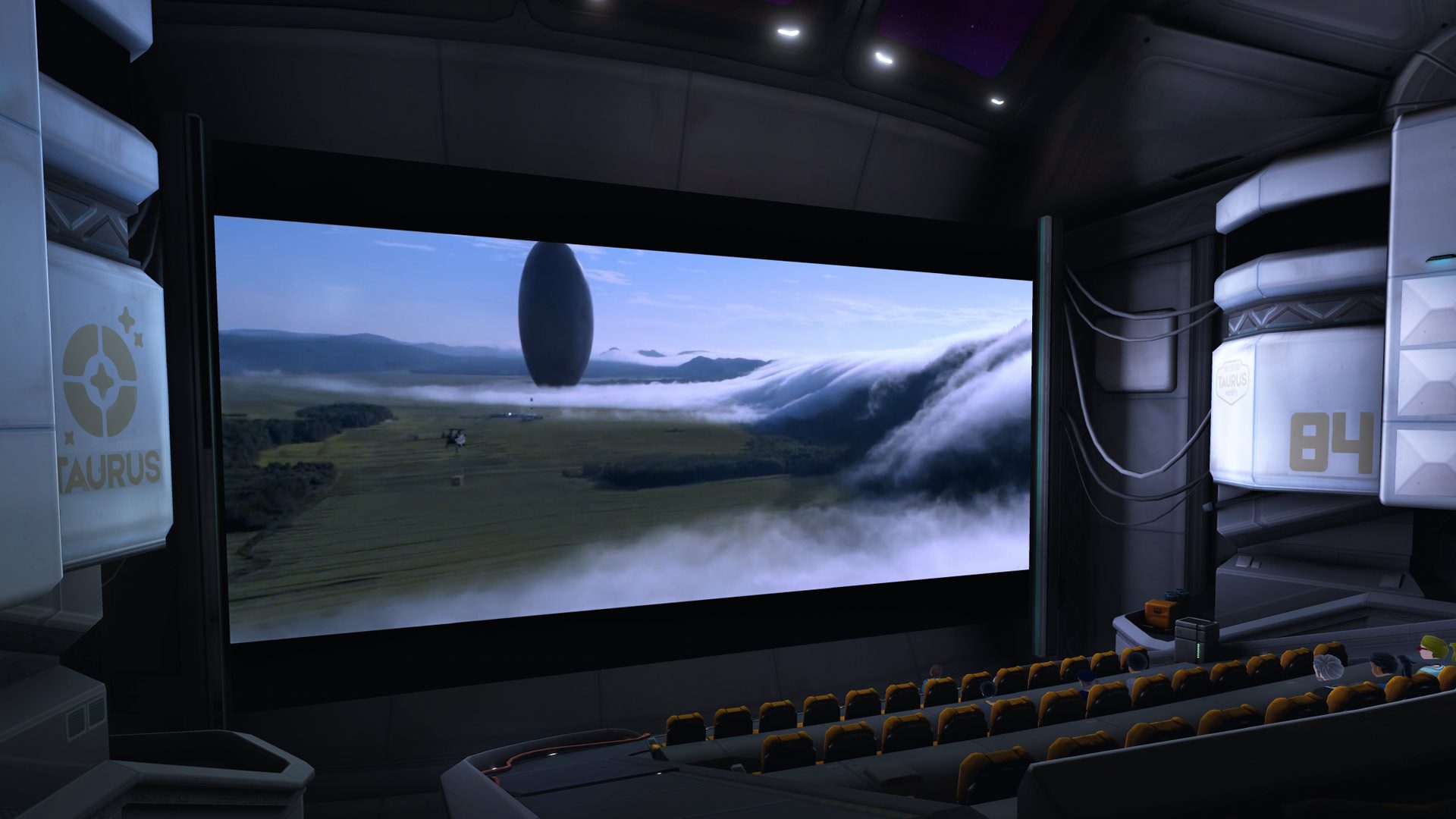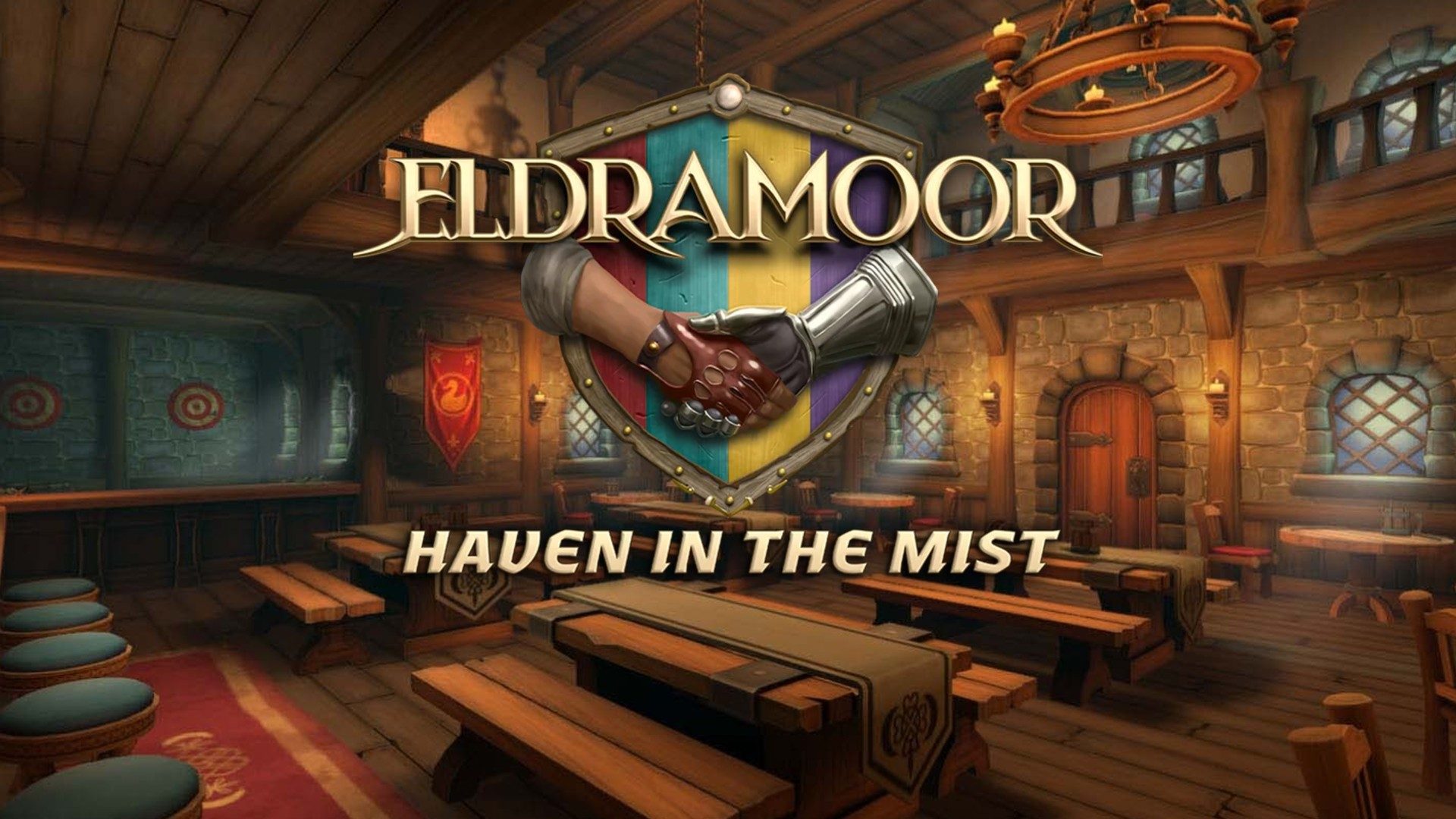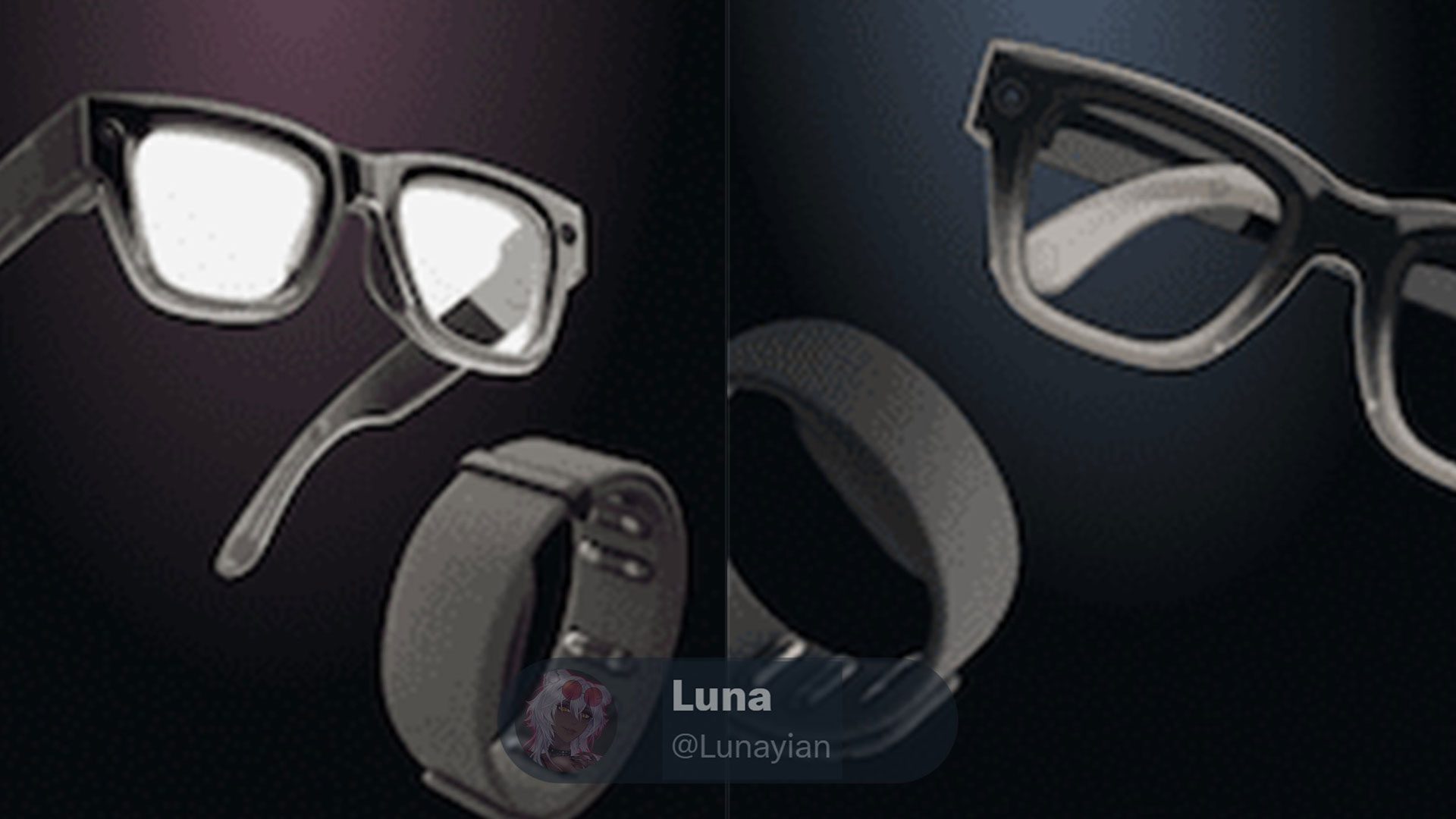Nobody saw LEGO Horizon Adventures coming—a fun, playful twist on one of PlayStation’s beloved franchises. Typically, Aloy’s adventures are packed with deep sci-fi lore, serious themes, and mechanics that challenge even seasoned gamers. Compressing all of that into a family-friendly spin-off seemed like a big ask, but here we are with a game that’s charming in some ways, though it leaves us scratching our heads in others.
This game serves up an action-platformer experience, condensing the events of Horizon Zero Dawn into a more streamlined, linear journey designed for all ages. LEGO was the perfect collaborator here because its inherent whimsy offers a fresh, lighthearted take on Horizon’s usually heavy narrative. Stripping away much of the dense story, it leans into humor and character quirks, aided significantly by returning voice actors who clearly relish the opportunity to play around. If you’re a Horizon aficionado, it’s entertaining to see this humorous alternate version unfold.
LEGO isn’t just a thematic choice; it’s a literal building block of the game’s aesthetic. Studio Gobo and Guerrilla Games fully commit to this concept, crafting everything you see from authentic LEGO pieces—from explosions and water to distant backgrounds. The level of detail is impressive; realistic rendering and clever camera effects make the visuals truly shine. Though we did notice occasional choppy animations (not in the endearing stop-motion way LEGO is known for), these moments are thankfully infrequent.
Take your time to admire the detailed LEGO landscapes when you arrive at Mother’s Heart, the game’s central hub. After each level, this is where you’ll return to expand and personalize your gaming experience. Here, you can unlock enhancements for Aloy and the other characters, along with costumes and decorations to spruce up the village. Over time, the hub grows, letting you deck it out with an array of LEGO goodies, ranging from Horizon themes to other fun collaborations. Plus, there’s a job board filled with additional tasks, keeping the gameplay engaging and offering a satisfying sense of progression.
However, the game’s charm starts to fade once you dive into the stages themselves. These levels are relatively straightforward, scenic trips sprinkled with combat arenas and occasional boss battles. While that may sound engaging, in reality, the levels lack depth. They don’t offer much in the way of challenging platforming or exploration. Sure, you’ll encounter a few side routes leading to treasure chests or small LEGO builds, but these don’t offer anything beyond a surplus of studs, which are plentiful anyway.
Initially, the simple level design seems intentional, an ease-in to the gameplay. But it never really evolves. Even intriguing mechanics—like shooting arrows through fire to clear vines—are introduced early but scarcely used thereafter. Despite some entertaining cutscenes and combat interludes, the levels end up feeling flat, missing the potential for engaging platforming.
Thankfully, the combat provides a bit more excitement. Though stealth mechanics seem largely unnecessary and battling cultists can feel mundane, machine battles are a definite highlight. Much like in Horizon, each machine boasts unique movements and vulnerabilities. Targeting these can break parts off, inflict significant damage, and disable certain attacks. The combat may be simplified here, but there’s still strategy amid the chaos. Depending on your chosen difficulty, it can even pose a real challenge. The combat is a definite standout, bringing some much-needed excitement to each level.
You can step into the shoes of four playable characters: Aloy, Varl, Teersa, and Erend, each brandishing their unique weaponry. Aloy sticks with her trusty bow, Varl tosses spears, Teersa hurls bombs, and Erend swings his hammer. These variations keep combat fresh, and with special weapon versions and an abundance of costumes from Horizon and other LEGO lines like Ninjago and City, there’s decent variety despite the limited roster of characters.
The thrill peaks with the boss fights, often leading into engaging cutscenes. However, it’s a bit disappointing that you can’t revisit these moments. There’s no option to replay levels or select stages once you finish them, unless you start a new game. While most levels don’t warrant a replay, it feels like a missed opportunity not to allow replays of cool fights or favorite scenes, particularly given the game’s kid-friendly focus.
On a brighter note, completing chapter levels unlocks Apex Hunts, providing tougher battles to delve into. Once these are conquered, Free Mode opens up, letting you explore the environments freely to finish optional objectives and earn additional studs. With a randomised layout each time, this reveals a modular aspect to the levels, possibly explaining the main stages’ sparse feel.
In conclusion, LEGO Horizon Adventures leaves us a bit conflicted. It’s a delightful, kid-friendly adaptation of Sony’s hit series, capturing its essence and humor with visual flair. But, once the novelty dims, the levels reveal a repetitiveness and lack of engaging mechanics. There’s enjoyment to be had, particularly in combat, yet some fundamental design choices fall short, holding back what could have been a truly standout experience.














































